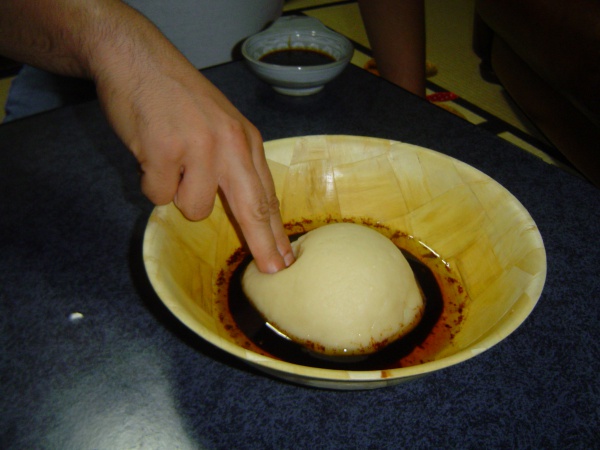Facts About Asida
Asida is a beloved dish made from cooked wheat flour dough, often enriched with butter or honey. It is enjoyed in many North African and Middle Eastern countries, where it holds a special place as both a traditional food and dessert. This dish is particularly popular in countries such as Yemen, Sudan, Saudi Arabia, Kuwait, Algeria, Libya, Somalia, Tunisia, Ethiopia, Eritrea, and even Indonesia. Asida is typically eaten with the hands and is often served during religious holidays and special ceremonies like Mawlid, Eid, and 'aqiqah.
The name "asida" derives from the Arabic word "asada" which means 'to twist.' The dish has a long history, with one of the earliest recipes appearing in a tenth-century Arabic cookbook by Ibn Sayyar al-Warraq. Each region offers its own variation of asida. In Libya, for instance, it is enjoyed with sweet syrup. In Tunisia, it is paired with a honey-butter mixture or a tomato-based hot sauce. In Yemen, known as aseedah or aseed, it is a staple often served for lunch or dinner.
Asida's history spans centuries, with mentions in various historical texts and cookbooks. Over time, the dish has evolved, with each region adding its unique touch. In Indonesia, asida has found a home in the Maluku archipelago, where it is especially popular during Ramadan, influenced by Arab culinary traditions.

 Libya
Libya